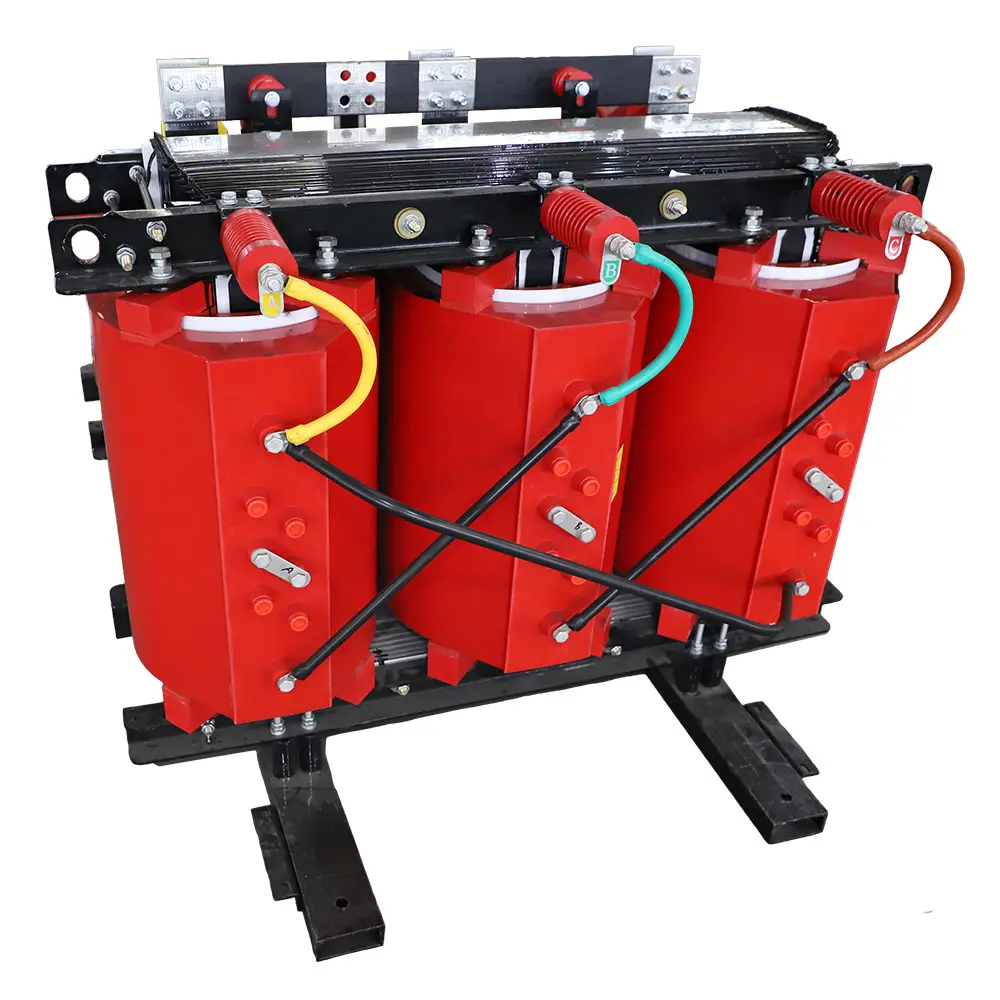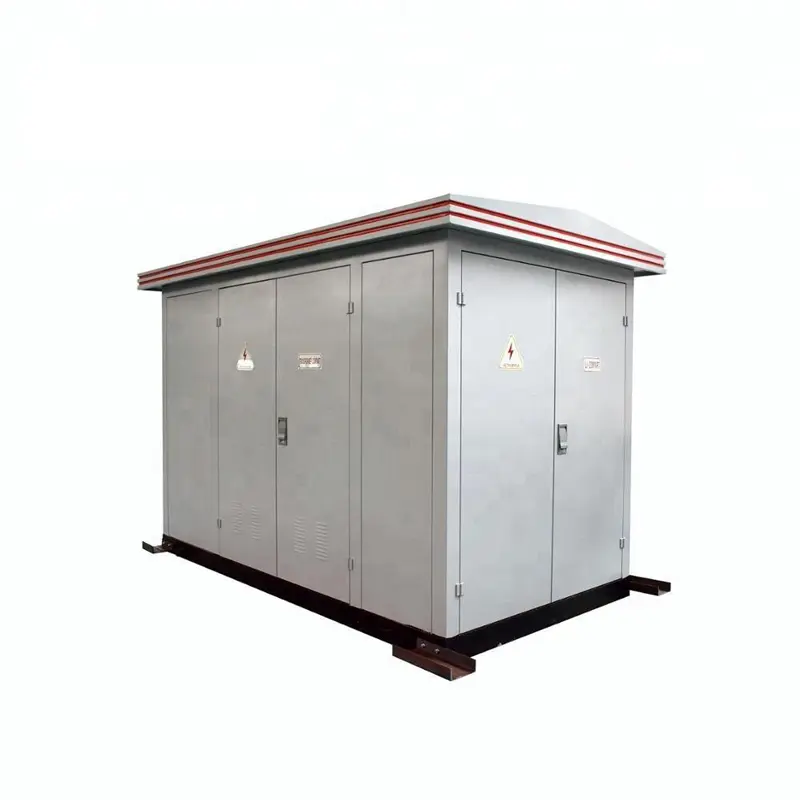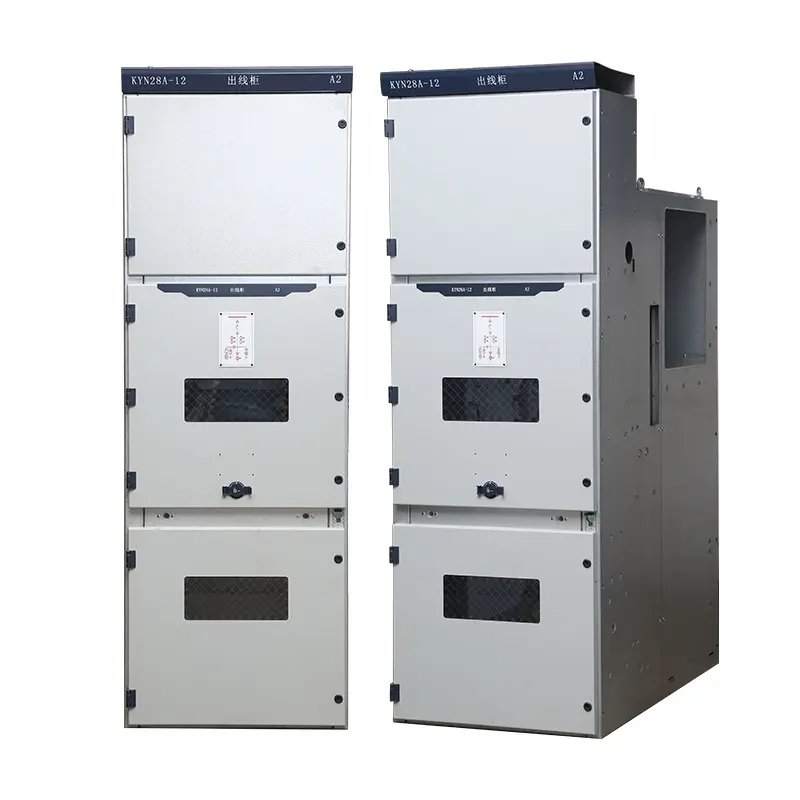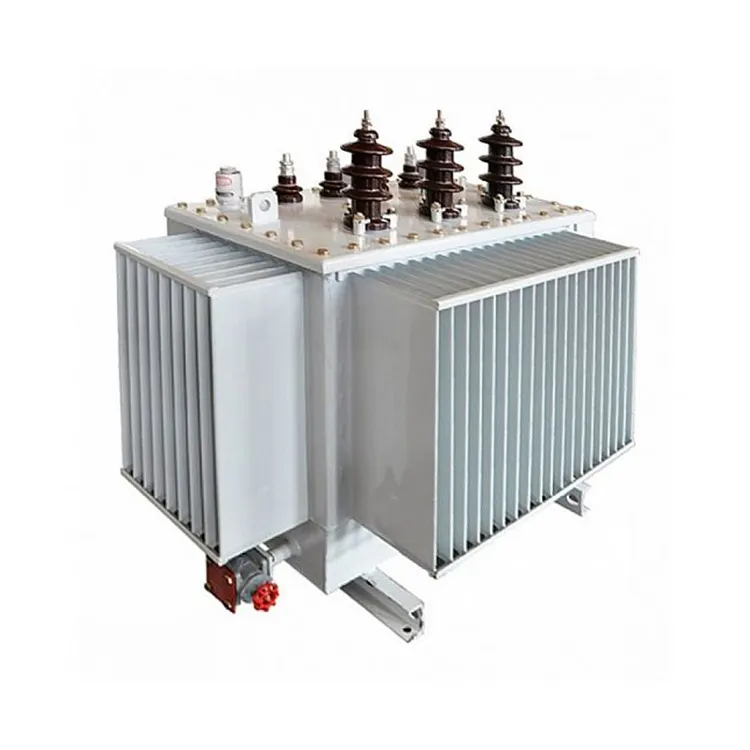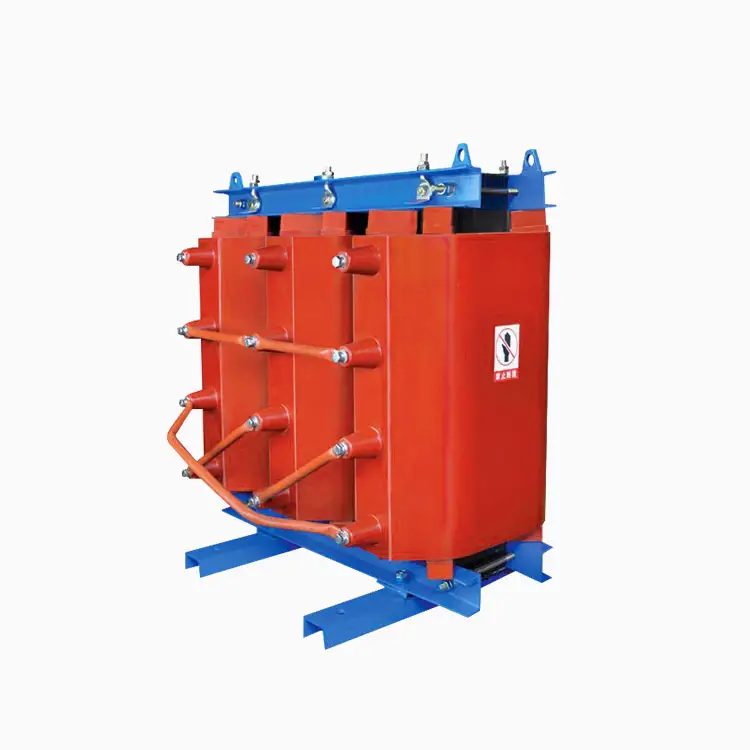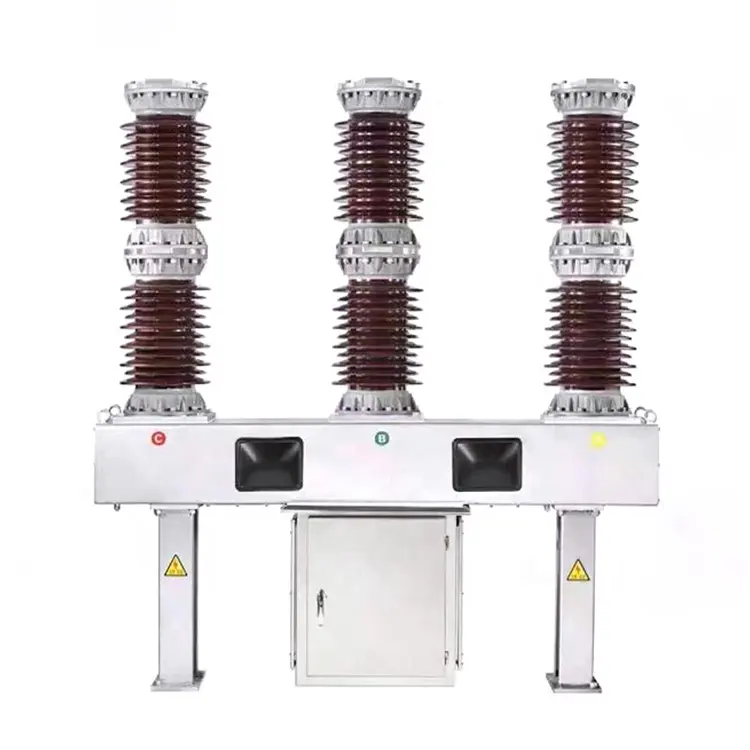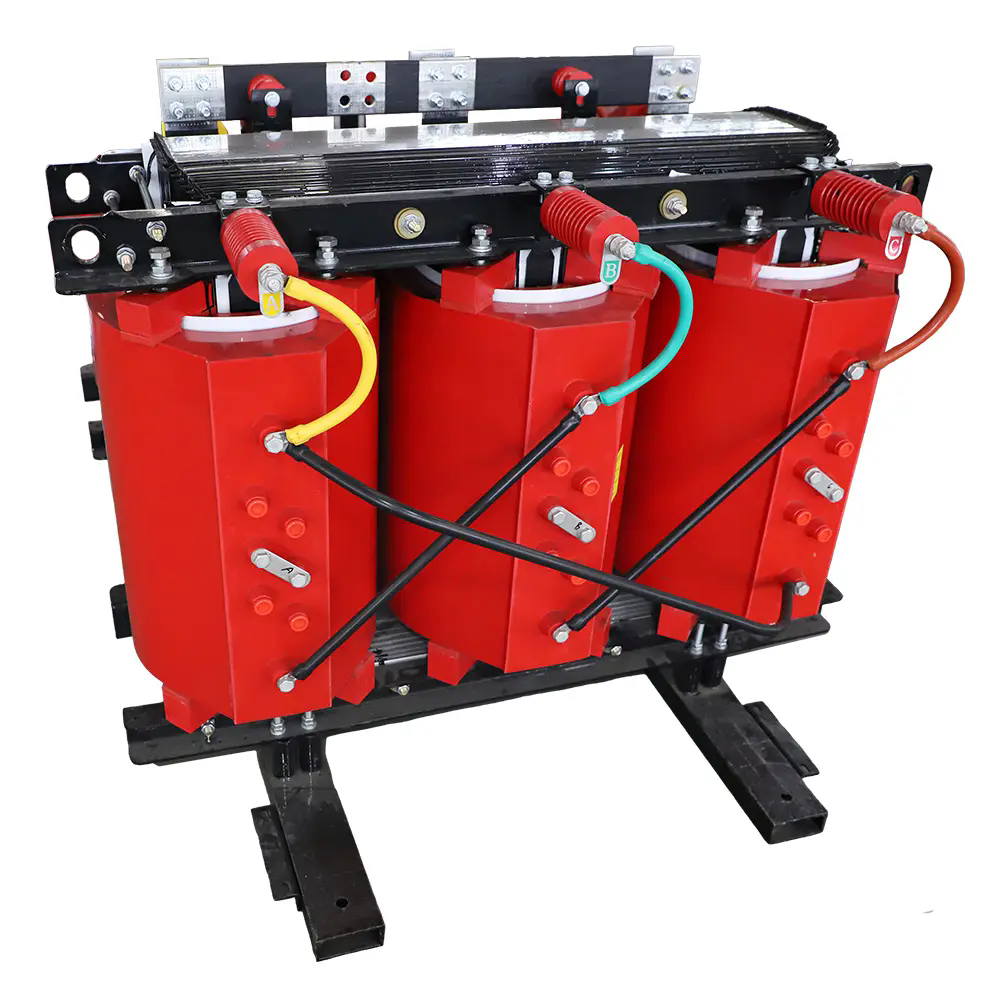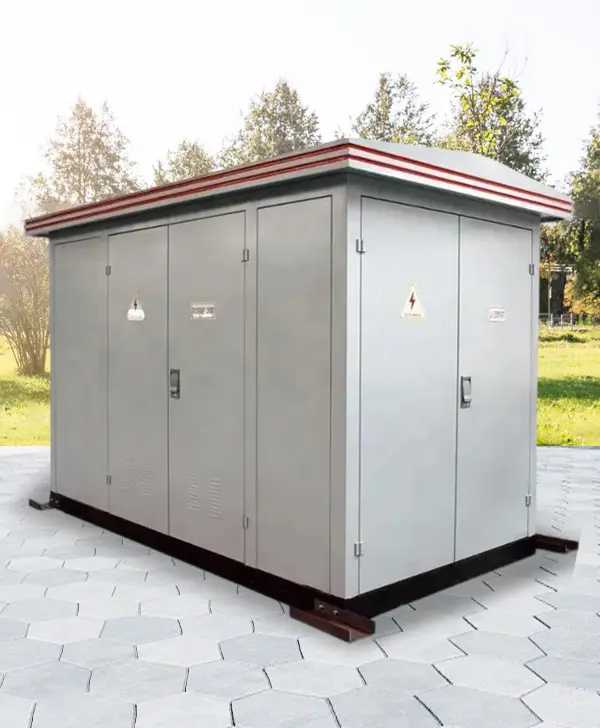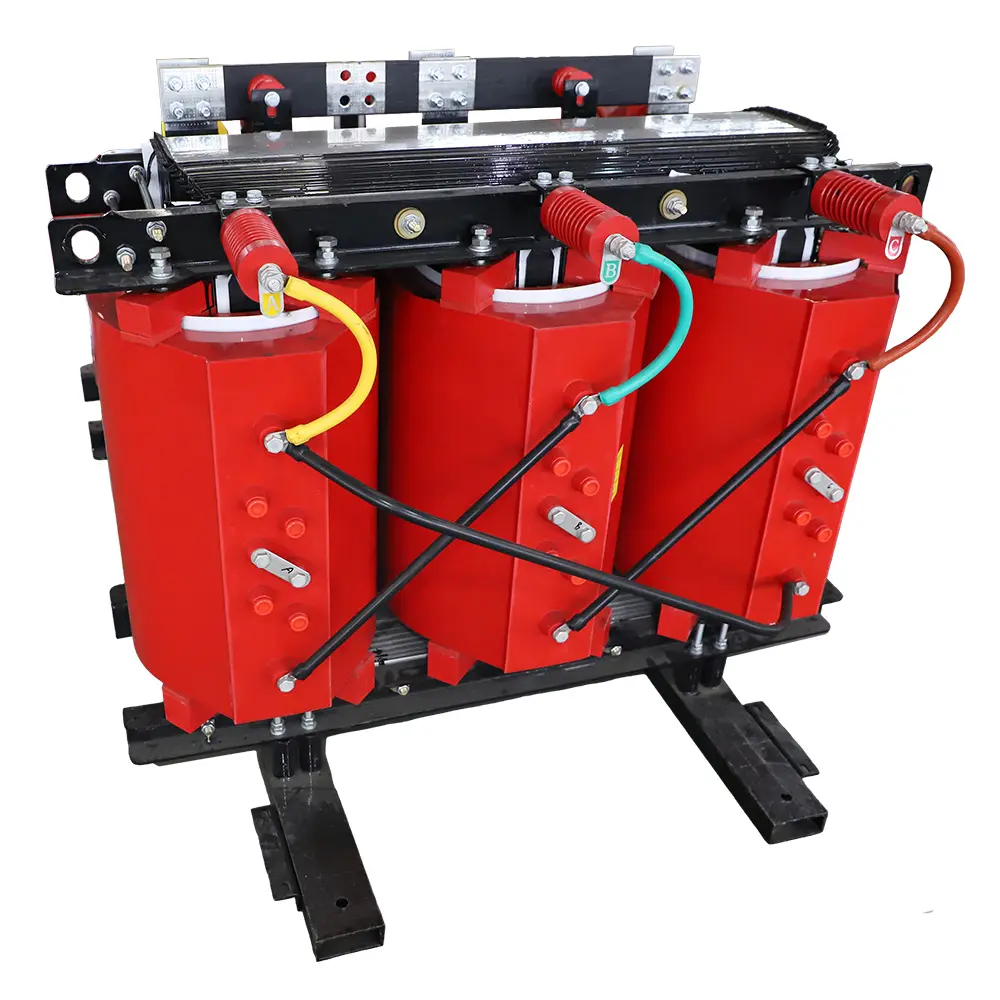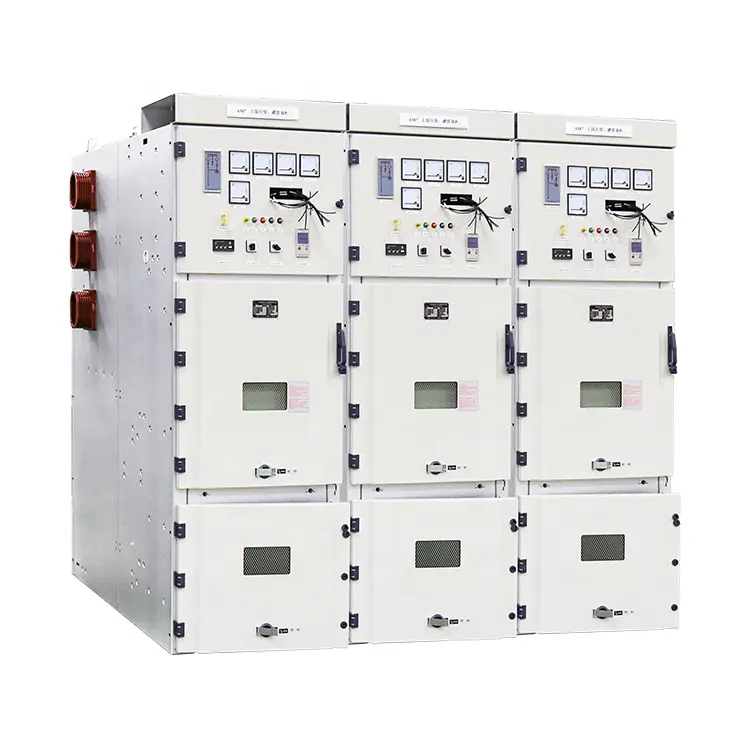Which Transformer Derivatives Solve Harmonics At EV Fast Charging Sites?
When I design an EV hub, I don’t start by picking kVA from a table. I look at the waveform first. Fast chargers stack rectifiers, DC links, and control loops that stress any Transformer with current spikes, high THD, and frequent power swings. Working with manufacturers like SYHF, I learned to match cooling method, core material, winding geometry, and monitoring to the real load rather than a brochure scenario. SYHF builds medium and high voltage solutions and distribution automation equipment with disciplined quality and environmental practices in line with ISO9001 and ISO14001 ideas, and their engineering support helps me tune oil immersed or dry type choices to each site without overbuying.
Why do EV fast chargers punish a standard transformer?
-
Harmonics raise copper losses and hotspot temperatures even when average kVA looks modest
-
Simultaneous charger starts trigger inrush and upstream voltage sags that alarm sensitive loads
-
Rapid duty cycles swing thermal profiles and shorten insulation life if cooling is marginal
-
Stray flux and circulating currents increase audible noise in tight urban rooms
Which transformer derivatives handle EV harmonics more reliably?
| Derivative | What it adds | When I pick it | Tradeoffs to watch |
|---|---|---|---|
| K-factor rated windings | Extra thermal headroom for harmonic heating | Mixed chargers and VFD ventilation on same bus | Slightly larger size or cost |
| Isolation transformer with electrostatic shield | Breaks common-mode noise and reduces leakage | Sites with PLC comms or EMC complaints | Extra losses and footprint |
| Phase-shifted rectifier transformer | Vector group shifts to cancel dominant harmonics | Large depots with coordinated chargers | Needs vendor coordination |
| Low-impedance design | Lowers voltage sag under step loads | Weak feeders or long cable runs | Higher fault current planning |
| Zig-zag or grounding transformer | Stable neutral for triplen harmonic management | Multi-building campuses or TT earthing | Additional protection settings |
| Natural ester fluid in oil units | Higher fire point and biodegradable fluid | Indoor rooms with strict fire ratings | Fluid cost and cooling study |
| Cast resin dry type with forced air | Clean indoor installation with good cooling control | Basements, malls, hospitals, tunnels | Slightly higher noise without treatment |
How do I size K-factor without overspending?
-
I capture a real harmonic spectrum from the charger vendor rather than a single THD number
-
I estimate K as the sum of harmonic current squared times harmonic order squared, then round up to the nearest catalog class
-
I check winding temperature rise at my actual load factor across seasons, not only at nameplate
-
I add margin for future charger bays so I do not replace the transformer after phase two
What cooling and fluid choices keep indoor rooms safer?
-
In people-dense sites I prefer dry type cast resin with forced air to simplify permitting
-
In medium to high kVA rooms where I want higher overload capability I often choose oil immersed with natural ester fluid for a kinder fire profile
-
I confirm duct area, radiator clearances, and fan power in the energy model so the auxiliary load does not erode savings
How do I prevent nuisance trips from charger starts?
-
I coordinate vector group and impedance to manage inrush and voltage dip
-
I specify staged charger enable or soft start where the EMS can throttle demand
-
I allow a wider on-load tap changer window when the utility feeder is weak or solar output is volatile
What does a practical EV site configuration look like?
| Site size | Preferred topology | Cooling and fluid | Notes from commissioning |
|---|---|---|---|
| 1–2 MW plaza | One oil immersed or dry type with K-factor windings | ONAF with mineral or ester, or FA on dry | Shielded isolation if EMC complaints |
| 3–5 MW depot | Two units with phase-shift options for harmonic cancellation | Oil immersed with ester or high-spec dry | Bus duct routing and acoustic lining |
| >5 MW hub with storage | Step-up plus isolation at charger clusters | Oil immersed with OLTC and ester | EMS coordination for start sequencing |
How do options compare on ten-year cost at a 3 MW site?
| Option | Upfront cost | Losses at 60–80% load | Maintenance | Fire and permitting | Ten-year TCO trend |
|---|---|---|---|---|---|
| Standard oil immersed | Lower | Lower | Oil tests and gaskets | Containment and planning | Often lowest if heavily loaded |
| Oil immersed with natural ester | Medium | Similar to oil | Similar tests, friendlier fire profile | Easier indoor acceptance | Competitive plus risk reduction |
| Cast resin dry type K-rated | Higher | Slightly higher | Low, fan checks | Straightforward indoors | Competitive if lightly loaded or space-constrained |
| Isolation plus K-rated | Highest | Highest of the set | Added components | Best EMC behavior | Worth it where downtime costs are high |
Which specification details give me fewer change orders?
-
Ambient, altitude, and seasonal load factor declared up front
-
Harmonic spectrum provided by charger vendor and a target K-factor class agreed
-
Vector group, impedance range, and tap plan matched to upstream gear
-
Noise limit at a stated distance and acoustic lining responsibility defined
-
Enclosure ingress protection and paint system matched to coastal or dusty air
-
Factory test records and acceptance checklist shared before shipment
What quick checks save me from late surprises?
-
Do cable bends, radiators, ducts, and doors actually fit, not just the main tank
-
Is neutral grounding consistent with protection study and arc-flash labels
-
Are monitoring points sized to the cost of downtime rather than an everything-sensor approach
Can SYHF customize for EV harmonics without delaying the schedule?
From SYHF I ask for three things on EV jobs and I get them without drama
-
Windings and core stacks tailored for harmonic heating and noise goals in one pass
-
Choice of mineral oil or natural ester with paper systems designed for long life
-
Clear factory routines, witness tests on request, and documentation that satisfies utility and insurance reviewers
What should I send in my RFQ to get a clean quote fast?
-
Single-line diagram and feeder short-circuit data
-
Charger count, power per port, and any planned phase-shift schemes
-
Harmonic snapshots or vendor spectra, not just THD
-
Room drawings with clearances, doors, ducts, and cable routes
-
Target efficiency class and noise limits that matter to your neighbors
-
Delivery window and need for witness FAT if any
How do we move from ideas to a buildable proposal?
If you want a practical configuration for your EV build, send me your one-line, charger data, and a few site photos. I will translate the waveform reality into a transformer specification that balances reliability and cost, and I can align it with SYHF manufacturing options where that makes sense for your schedule. If you are ready for a focused recommendation or a formal quotation, contact us and leave your inquiry with load details, preferred standards, and timing. We will reply with a clear option set you can approve without guesswork.
- How can an Electrical Substation become the most reliable asset in my grid?
- How Did I Cut Risk And Cost With An Oil Immersed Transformer Upgrade?
- How Does a Circuit Breaker Protect Your Power System?
- Are You Using the Right Circuit Breaker for Your Application?
- Why Is the Compact Substation Revolutionizing Modern Power Distribution?
- What Makes Dry Type Transformers the Choice for Modern Power Systems?

